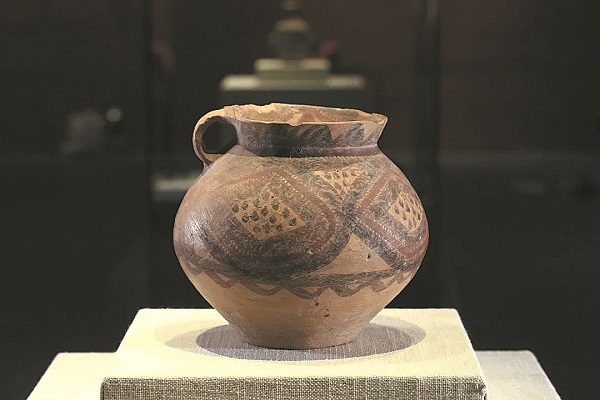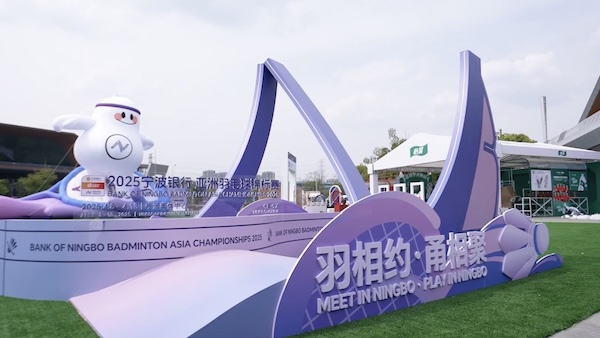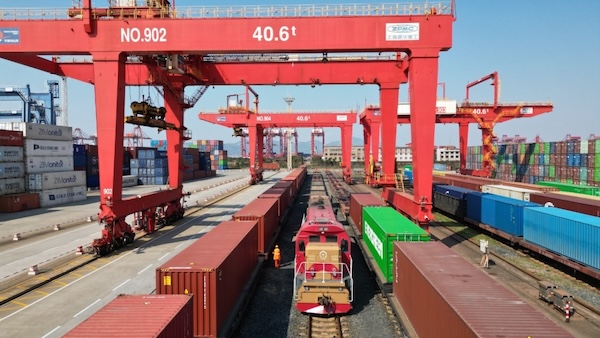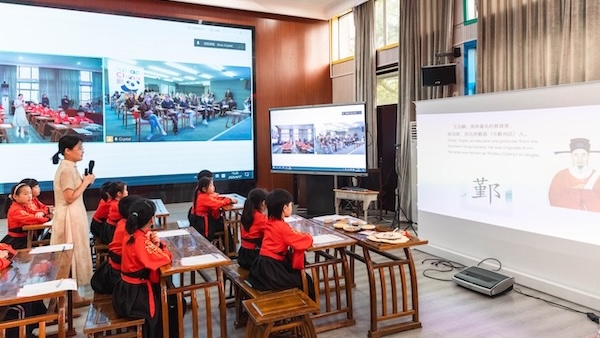Culinary culture

[Photo provided to China Daily]
A Chinese saying goes: "Food is the paramount necessity of the masses." China has developed a thriving, diverse culinary culture that is reflected in the ways such as how food is cultivated, prepared and served, with food rituals related to politics, social well-being and family relations, as well as connections between China and the rest of the world built on food, tea and ceramics. The National Museum of China in Beijing is now hosting the touring exhibition Chinese Culinary Legacies, on the food culture in ancient China, at Ningbo Museum in Zhejiang province. Linked to social strata, for example, rice, meat and beverages were presented in different kinds of bronze ware at royal ceremonies during the Shang (c.16th century-11th century BC) and Zhou (c.11th century-256 BC) dynasties. Delicate crockery and tea sets formed part of high-society lifestyle in the Song Dynasty (960-1279). Culinary arts were depicted and hailed in traditional music, classic painting and poetry. Many intellectuals and artists were themselves gastronomes, such as Song Dynasty poet Su Dongpo who is said to be the creator of the popular braised-meat dish dongporou. The exhibition, running through to April 2, celebrates the scope and depth of the Chinese culinary culture and people's creativity in making it a national brand.
9 am-5 pm, closed on Mondays. 1000 Shounan Middle Road, Yinzhou district, Ningbo, Zhejiang province.0574-8281-5588.

 Ningbo seabird project seeks international volunteers
Ningbo seabird project seeks international volunteers  Jakub's journey: From shipyard to sea
Jakub's journey: From shipyard to sea  Badminton Asia COO applauds Ningbo
Badminton Asia COO applauds Ningbo 


